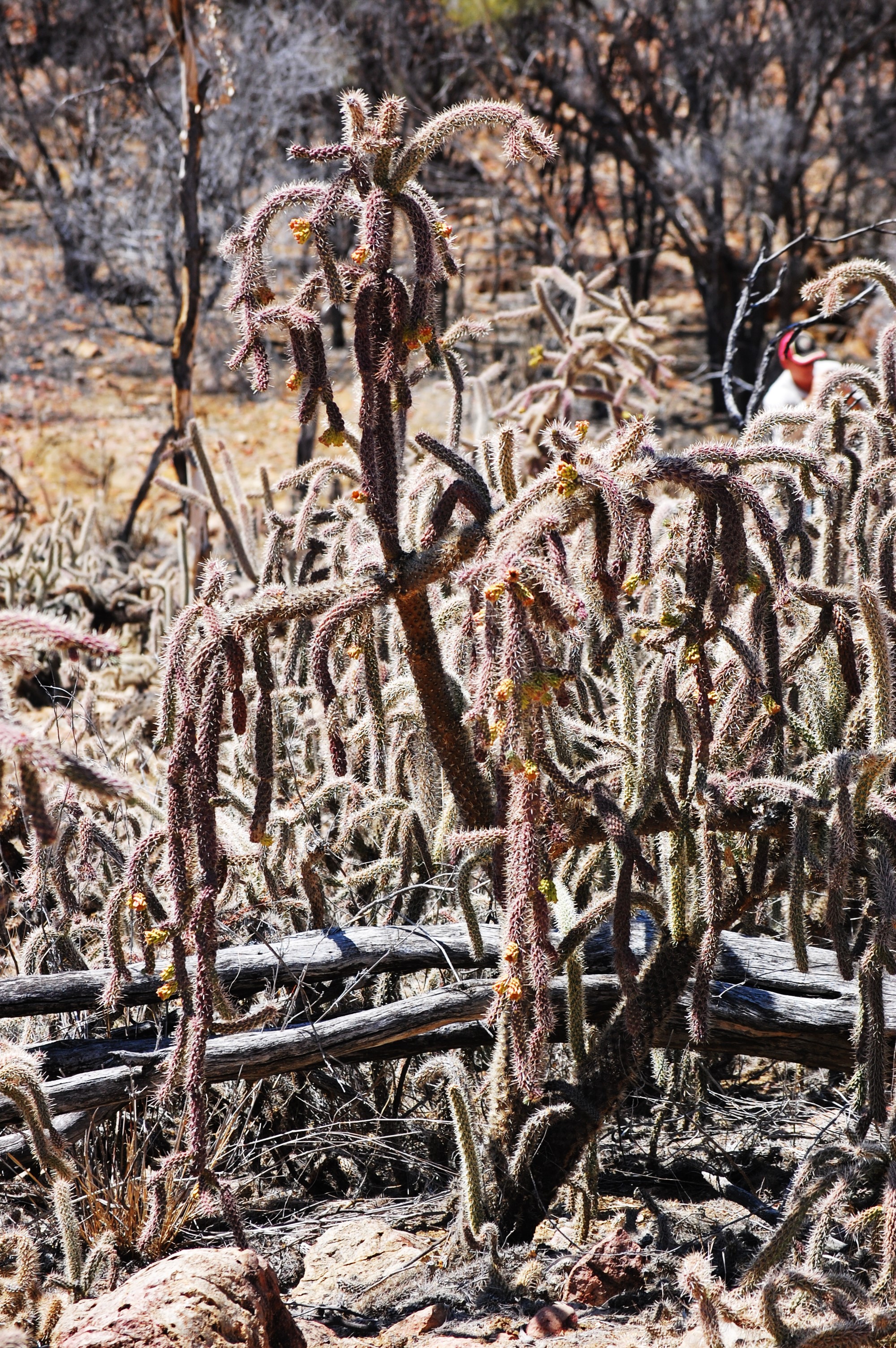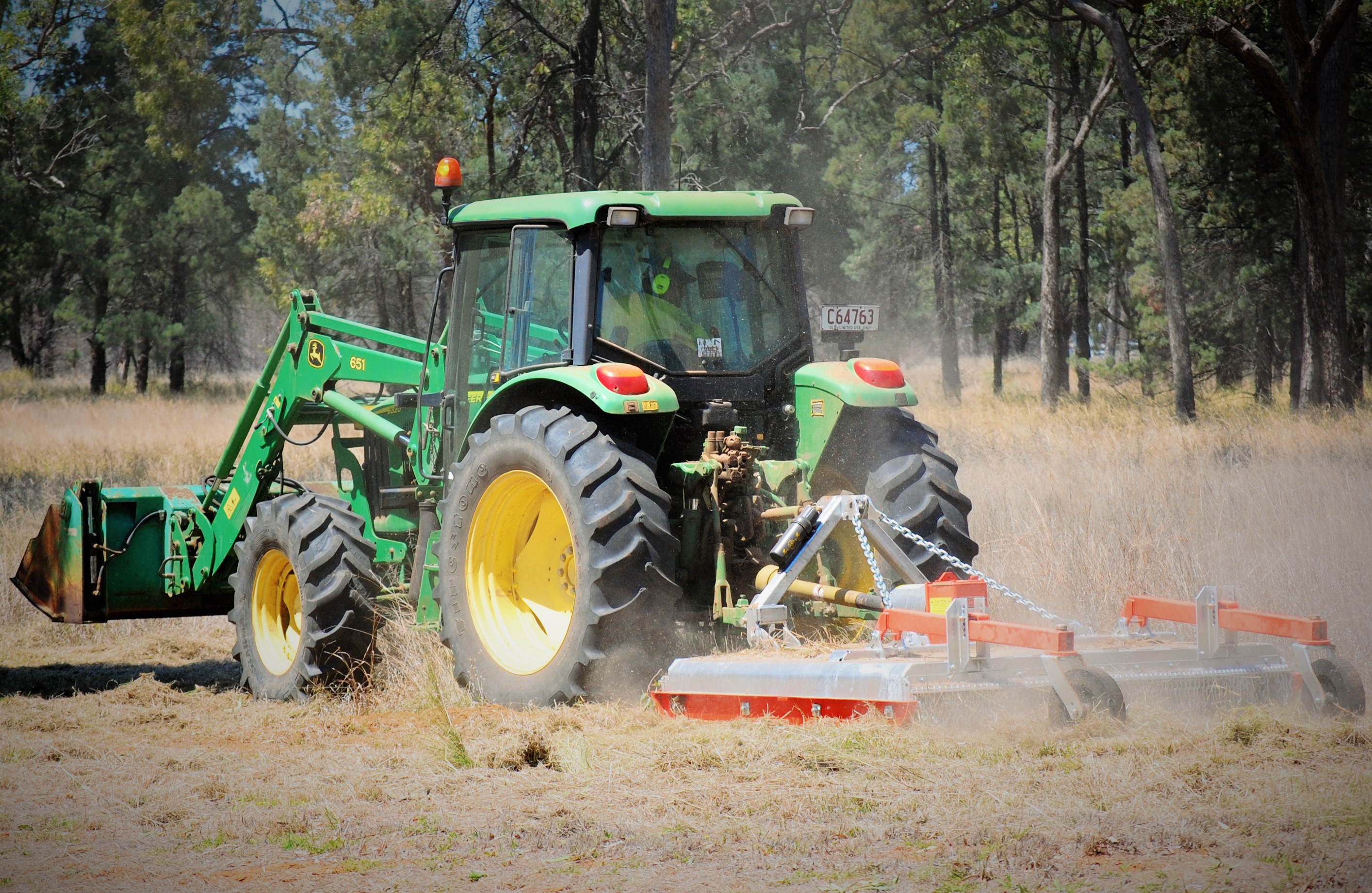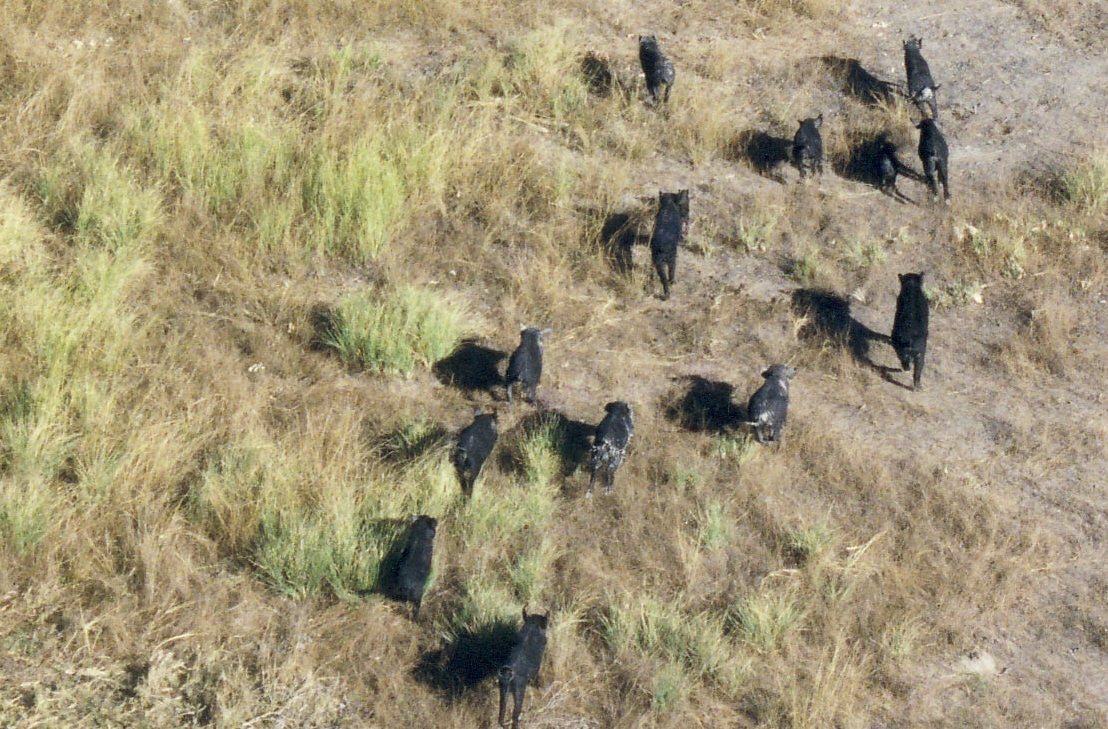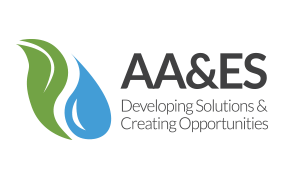Pest animal management .
AA&ES Directors boast many years experience with feral animal management in Queensland. At the Queensland Pest Animal Symposium, 2008, Cairns Steven Keating spoke about his involvement with pest animal management in remote communities.
Our services include:
Pest animal management
- Pest animal monitoring programs
- Predator scat identification and analysis
- Predator stomach content analysis and parasite count/identification
- Pest animal management plans
- GPS tracking
- Consultancy services on all aspects of feral animal management
- Instruction in live capture trapping techniques
- UAV monitoring
- Fencing of significant areas
Pest animal control
- Species specific management/control programs
- Utilising ‘best practice’ methodology suited to specific areas ie urban, peri-urban and rural
Monitoring Programs
- Sand plot monitoring (Passive Activity Index)
The Passive Tracking Index is a method of using animal tracks to estimate the relative abundance of animals in an area. Being a passive index, no baits or attractants are used, thereby limiting potential changes to wildlife behaviour.
Remote Camera Surveillance
Remote cameras are very successful for recording digital still and moving images of introduced pest species and local native fauna during monitoring programs.
Images of animals can be captured whilst the animals are traversing selected sand plots. Cameras also provide data on the date and time of the night that ‘specific’ pest animals species are frequenting the survey area. This information assists the pest animal manager in selecting the best locations to place traps.
Spotlight surveys
Spotlighting for pest animals is undertaken along selected transects within the survey area to obtain supporting information on pest animal numbers and distribution in the study area.
General Information
Pest animals have significant economic, environmental and social impacts.
They have the potential to adversely alter ecosystem function, reduce primary industry productivity and profitability, and threaten human and animal health.
Economic impacts
Pest animals reduce the viability of primary industries, which account for a significant proportion of Queensland’s export income.
The impacts of some animals are well documented; however, the true cost of pest animals to Queensland’s economy is unknown and difficult to quantify.
Feral pigs alone have been estimated to reduce grain production by $12 million a year.
Wild dogs cost $33 million a year in livestock losses, diseases spread and control.
The cost of each mouse plague is estimated at $10-$20 million in lost agricultural production and $1.5 million in landowner and government control.
Negative economic impacts of pest animals include:
- Direct control and management costs
- Predation of livestock by wild dogs, foxes and feral pigs
- Competition for resources
- Destruction of natural resources through soil disturbance and removal of vegetation
- Destruction of pastures and crops
- Creation of general nuisance in urban and rural residential areas and associated management
- Reduction of nature-based tourism due to destruction of natural resources.
Many pest animals are susceptible to, and could act as carriers for, a range of exotic diseases including foot-and-mouth, African swine fever and rabies. If these diseases were to enter Australia they would affect livestock and humans, and the cost of control and management would be considerable.
Environmental impacts
Introduced pest animals place considerable pressure on native plants and animals. While some impacts have been well documented, the true impact of pest animals on Queensland’s environment is unknown and difficult to quantify.
Negative environmental impacts include:
- Direct predation on native fauna – foxes and feral cats have been implicated in the decline or extinction of at least 17 native species
- Destruction of habitats and natural resources including reduction in water quality, increased soil erosion and land degradation, destruction of native plants that provide food and shelter to native species
- Competition with native animals for food and shelter
- Poisoning of native animals and spreading disease – the decline of native predators has been attributed to poisoning from cane toads.
Some pest animals impact on specific habitats or species; others are more general and affect many species, ecosystems and ecological and physical processes.
These impacts can lead to reduced populations of native species, a decline in the quality and quantity of their habitats, and ultimately the extinction of some native species.



